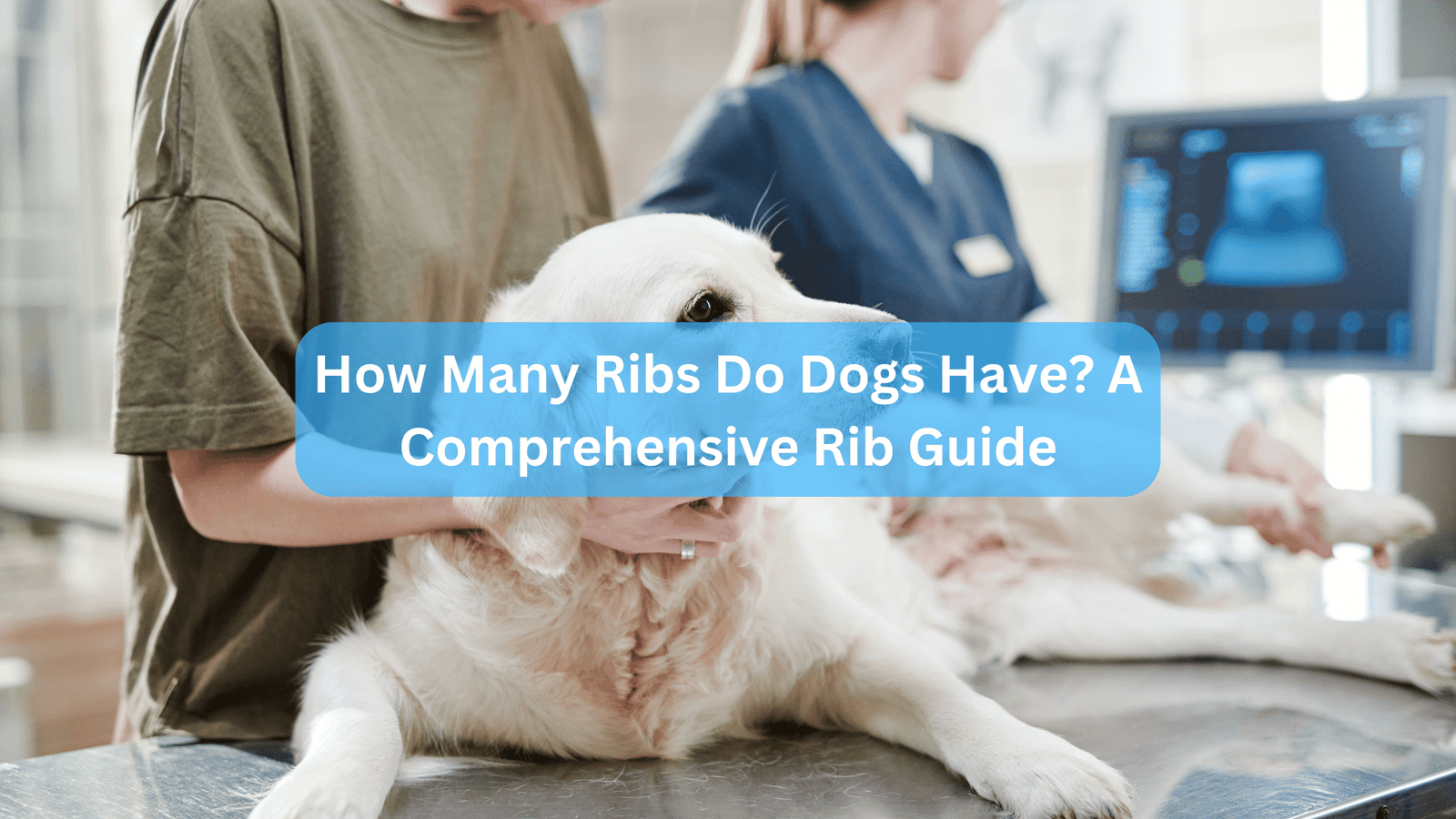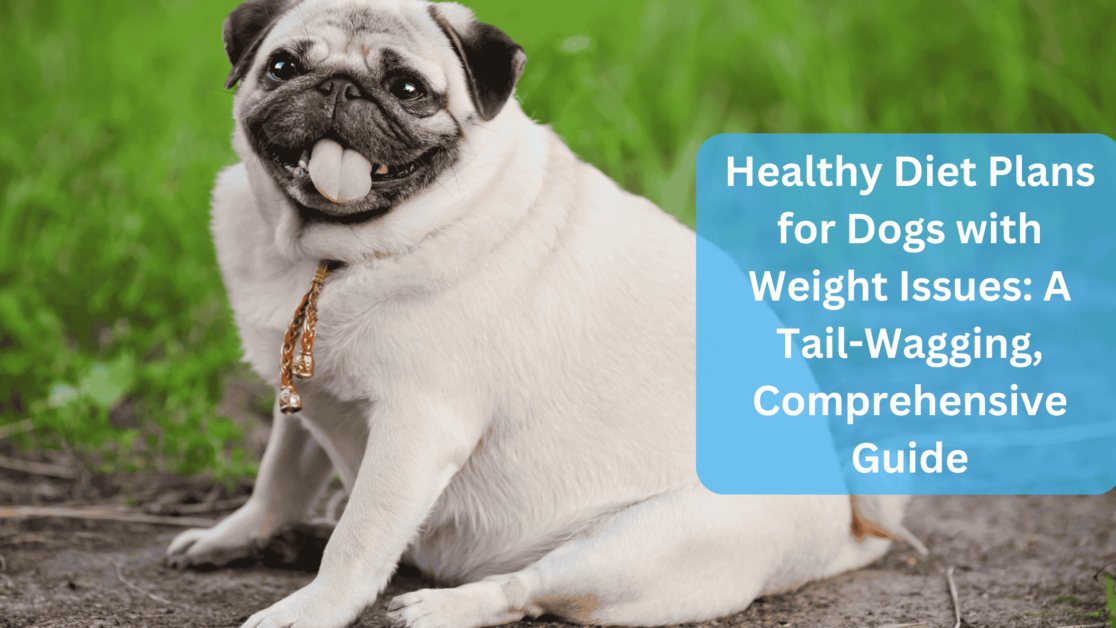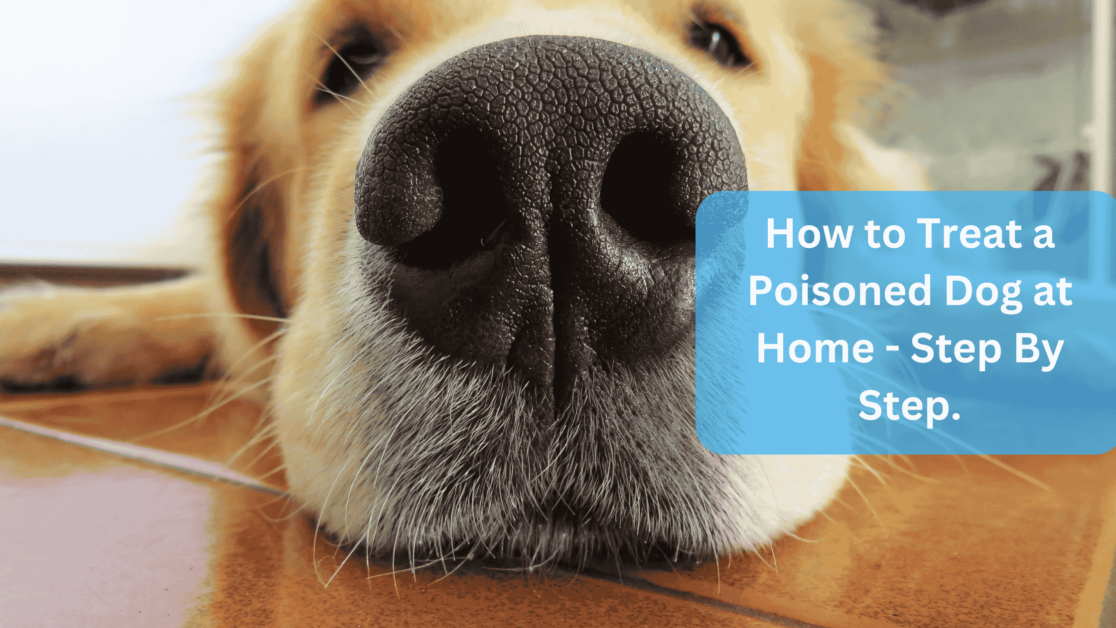How Many Ribs Do Dogs Have? – Dogs, like humans, have a ribcage that protects their internal organs.
This bony structure plays a crucial role in safeguarding the heart, lungs, and other vital organs.
Understanding the anatomy of a dog’s ribcage can help pet owners take better care of their furry friends.
How Many Ribs Do Dogs Have? – The Number of Ribs in Dogs
Dogs typically have 13 pairs of ribs, making a total of 26 individual bones. These ribs serve as a protective barrier, shielding the dog’s chest cavity and vital organs.
While the number of ribs may vary slightly across different dog breeds, the general count remains consistent.
The Anatomy of Canine Ribs

Canine ribs (costae) consist of a head, neck, and body.
The first nine ribs are called true ribs because they attach directly to the sternum, while the next three pairs are known as false ribs, which are connected to each other via cartilage.
The last pair of ribs is referred to as floating ribs because they do not connect to the sternum at all; instead, they are only attached to the spine.
Differences Between True Ribs and False Ribs in Dogs
- True Ribs: These are the first nine pairs of ribs that connect directly to the sternum. They provide essential protection to the heart and lungs.
- False Ribs: The next three pairs do not attach directly to the sternum but are connected to each other via cartilage. They offer some protection but are less rigid than true ribs.
Floating Ribs in Dogs
Floating ribs are the last pair of ribs in a dog’s ribcage. Unlike other ribs, they are only attached to the spine and do not extend to the sternum.
This anatomical feature allows for greater flexibility and movement in the ribcage, which can be beneficial for a dog’s respiratory function.
Floating ribs can sometimes be more visible in lean dogs, leading to misconceptions about their health.
How Do Dog Ribs Compare to Human Ribs?
In terms of structure, dog ribs and human ribs share similarities, including the number of rib pairs and their protective function.
However, dog ribs are generally more flexible, allowing for a greater range of motion and lung capacity, which is essential for their active lifestyles.
Additionally, the arrangement of ribs in dogs is adapted to their unique body shapes and sizes, which can vary significantly across breeds.
Checking Your Dog’s Ribcage Health
To ensure your dog’s ribcage is healthy, consider the following:
- Visual Inspection: Stand back and observe your dog’s body shape. You should not see prominent ribs unless your dog is underweight.
- Physical Examination: Feel along the ribcage with your hands. You should be able to feel the ribs without excessive pressure, indicating a healthy layer of muscle and fat.
- Watch for Signs: Look for any signs of discomfort, swelling, or unusual behavior, such as difficulty breathing or lethargy, which may indicate health issues.
Common Health Issues Related to Dog Ribs
Several health issues can affect a dog’s ribs, including:
- Fractures: Injuries to the ribs can occur due to trauma, leading to pain and difficulty breathing.
- Tumors: Conditions such as osteosarcoma and chondrosarcoma can develop in the rib area, causing localized swelling and discomfort.
- Respiratory Illnesses: Infections or diseases affecting the lungs can also impact the ribcage, leading to abnormal breathing patterns.
How Can I Tell if My Dog’s Floating Rib is Causing Any Health Issues?
Floating ribs can sometimes lead to discomfort or pain if they are dislocated or if there is trauma to the area. Signs to watch for include:
- Difficulty breathing or rapid breathing
- Signs of pain when touching the ribcage
- Changes in behavior, such as increased aggression or withdrawal
If you notice any of these symptoms, consult your veterinarian for a thorough examination.
Are There Specific Breeds More Prone to Rib-Related Health Problems?
Certain breeds may be more susceptible to rib-related health issues, particularly those with unique body structures.
Breeds like Greyhounds and Whippets, which have a lean physique, may be more prone to visible floating ribs and related discomfort.
Additionally, breeds with a history of skeletal issues, such as Dachshunds, may also experience rib-related health problems.
What Are the Signs of Rib Fractures in Dogs?
Signs of rib fractures can include:
- Sudden onset of pain or sensitivity around the ribcage
- Difficulty breathing or rapid breathing
- Swelling or bruising in the chest area
- Reluctance to move or play
- Changes in appetite or behavior
If you suspect a rib fracture, it is crucial to seek veterinary care immediately.
How Do I Properly Palpate My Dog’s Ribcage?
To palpate your dog’s ribcage:
- Calm Your Dog: Ensure your dog is relaxed and comfortable.
- Use Gentle Pressure: With your fingers, gently press along the sides of the ribcage to feel for any abnormalities.
- Check for Pain: Observe your dog’s reaction. If they flinch or show signs of pain, stop and consult a veterinarian.
- Feel for Symmetry: Ensure both sides of the ribcage feel similar in terms of shape and firmness.
Can Diet Affect the Health of a Dog’s Ribcage?
Yes, diet plays a significant role in the overall health of a dog’s ribcage.
A balanced diet that includes the right nutrients helps maintain a healthy weight and muscle mass, which supports the ribcage.
Obesity can lead to excess fat around the ribcage, making it difficult to assess rib health.
Additionally, a diet deficient in essential vitamins and minerals can affect bone health, potentially leading to issues such as fractures or deformities.
What Are the Best Practices for Maintaining My Dog’s Rib Health?
To maintain your dog’s rib health, consider these best practices:
- Regular Veterinary Check-ups: Routine check-ups can help catch any potential issues early.
- Balanced Diet: Ensure your dog receives a diet rich in essential nutrients to support bone and muscle health.
- Regular Exercise: Engage your dog in regular physical activity to maintain a healthy weight and muscle tone.
- Weight Management: Keep your dog at a healthy weight to reduce stress on the ribcage.
How Can I Prevent Rib-Related Injuries in My Dog?
Preventing rib-related injuries involves:
- Supervised Play: Always supervise your dog during playtime to prevent roughhousing that could lead to injury.
- Safe Environment: Remove hazards in your home and yard that could cause your dog to trip or fall.
- Gradual Exercise: Introduce new activities gradually to avoid overexertion or strain.
Are There Any Exercises That Can Help Strengthen My Dog’s Ribcage?
Exercises that promote overall core strength can help support the ribcage. Some beneficial activities include:
- Swimming: A low-impact exercise that strengthens muscles without putting stress on the joints.
- Walking or Jogging: Regular walks can improve cardiovascular health and strengthen the core muscles.
- Agility Training: Engaging in agility exercises can enhance coordination and strengthen the muscles surrounding the ribcage.
What Are the Symptoms of Chronic Rib Pain in Dogs?
Chronic rib pain in dogs can manifest through various symptoms, including:
- Persistent whining or vocalization when touched near the ribcage
- Reluctance to engage in physical activity
- Changes in posture, such as hunching or guarding the rib area
- Difficulty breathing or shallow breathing
If you observe any of these signs, it is essential to consult your veterinarian for a proper diagnosis and treatment plan.
How Do Veterinarians Diagnose Rib Issues in Dogs?
Veterinarians typically diagnose rib issues through:
- Physical Examination: A thorough examination of the ribcage for signs of pain, swelling, or abnormal movement.
- Imaging: X-rays or ultrasounds may be used to visualize the ribcage and identify fractures, tumors, or other abnormalities.
- Medical History: Discussing your dog’s medical history and any observed symptoms can help the veterinarian make an accurate diagnosis.
Also Read: Can Dogs Eat Brown Sugar? Is brown sugar toxic for dogs?
Also Read: High Cholesterol in Dogs: A Comprehensive Guide
Conclusion
Understanding the anatomy of your dog’s ribcage, including the differences between true ribs, false ribs, and floating ribs, is essential for responsible pet ownership.
Regular check-ups and being aware of your dog’s physical condition can help ensure their overall health and well-being.
By knowing how to assess your dog’s ribcage and recognizing potential health issues, you can provide better care and keep your furry friend happy and healthy.
Sources:
- https://dogo.app/how-many-ribs-do-dogs-have/
- https://teachmeanatomy.info/thorax/bones/ribcage/
- https://www.vetscraft.com/ribs/
- https://en.wikipedia.org/wiki/Rib
- https://byjus.com/neet/ribs/
- https://www.britannica.com/science/rib-cage







